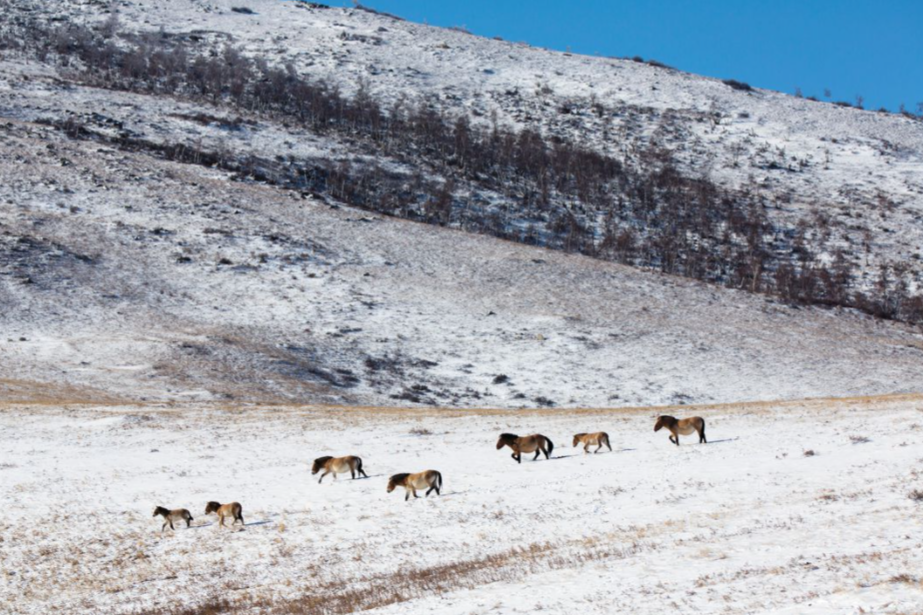Today, June 5, is World Environment Day. World Environment Day, according to the United Nations, is the “most renowned day for environmental action.” It is a day of education, observance, and action on environmental issues. The 2020 theme is biodiversity, variability among living organisms. This includes all living organisms on the planet, from elephants to tiny protozoa in the water. Biodiversity is the foundation of life on Earth, as we can see through history that even a seemingly small impact, such as an invasive species of tiny insect munching on a leaf, can devastate native species and then wipe out crops.
Deforestation, encroachment on wildlife habitats through farming, housing developments, and climate change have pushed the planet to its limit, ultimately causing a loss in biodiversity as species become threatened…endangered…extinct. The proverbial quote from the first Jurassic Park film, however, lends us to remain hopeful as awareness spreads on environmental devastation: “Life finds a way.” * With that in mind, we turn to the Przewalski’s horse, an example of a species that has made a remarkable recovery.
 Photo by Sean Gallagher for the Smithsonian Institute.
Photo by Sean Gallagher for the Smithsonian Institute.
Przewalski’s horses are the last surviving species of wild horses in the world. (The “wild” horses in Australia and North America are classified as feral horses as their ancestors were domestic and had escaped from ranches). They were first described scientifically in the late 1800s by N. Przewalski, a Russian explorer. These stout horses once freely roamed the steppe of the Gobi Desert. Well adapted to the harsh life on the steppe, Przewalski’s horses are 12-14 hands tall and have more of a pony-type build, with sturdy legs and thick bodies. They typically weigh from 550-800 pounds and are dun with a dark, erect mane. A dorsal stripe continues from the mane to the tail, and their legs are darker with zebra-like stripes below the knees. They are well adapted to living in extremes as they consume grasses, brush, and essentially whatever else they can find. Temperatures in their habitat can be over 104 degrees Fahrenheit in the summer, and -50 degrees Fahrenheit in the winter. They were last seen in the wild in the 1960s and then were classified as extinct in the wild due to hunting, loss of habitat, and loss of water sources to domestic animals.
We return to the phrase “Life finds a way.” Zoos have prevented the Przewalski’s horse from dying out completely, and the Smithsonian National Zoo and Conservation Biology Institute also has been involved in reproductive research, genetic management, and reintroduction. There are approximately 1,900 of these horses alive today. Additionally, reintroduction sites have been established in Mongolia, China, and Kazakhstan — and the species has been thriving. They are legally protected in Mongolia; the vast majority of these little horses are in Hustai National Park, approximately 60 miles from the capital of Mongolia, Ulaanbaatar. Amazingly, Przewalski’s horses are not classified as extinct anymore, but rather as critically endangered.
Life finds a way. It’s one more step in the right direction to biodiversity.
*This quote is said by one of the characters when the Jurassic Park owner states that he controls the dinosaurs’ genetics so they can’t reproduce. Spoiler…they can, as we see across many more films!
Additional Sources: National Geographic, Smithsonian Institute, Remarkable Comeback of the Przewalski’s horse.
